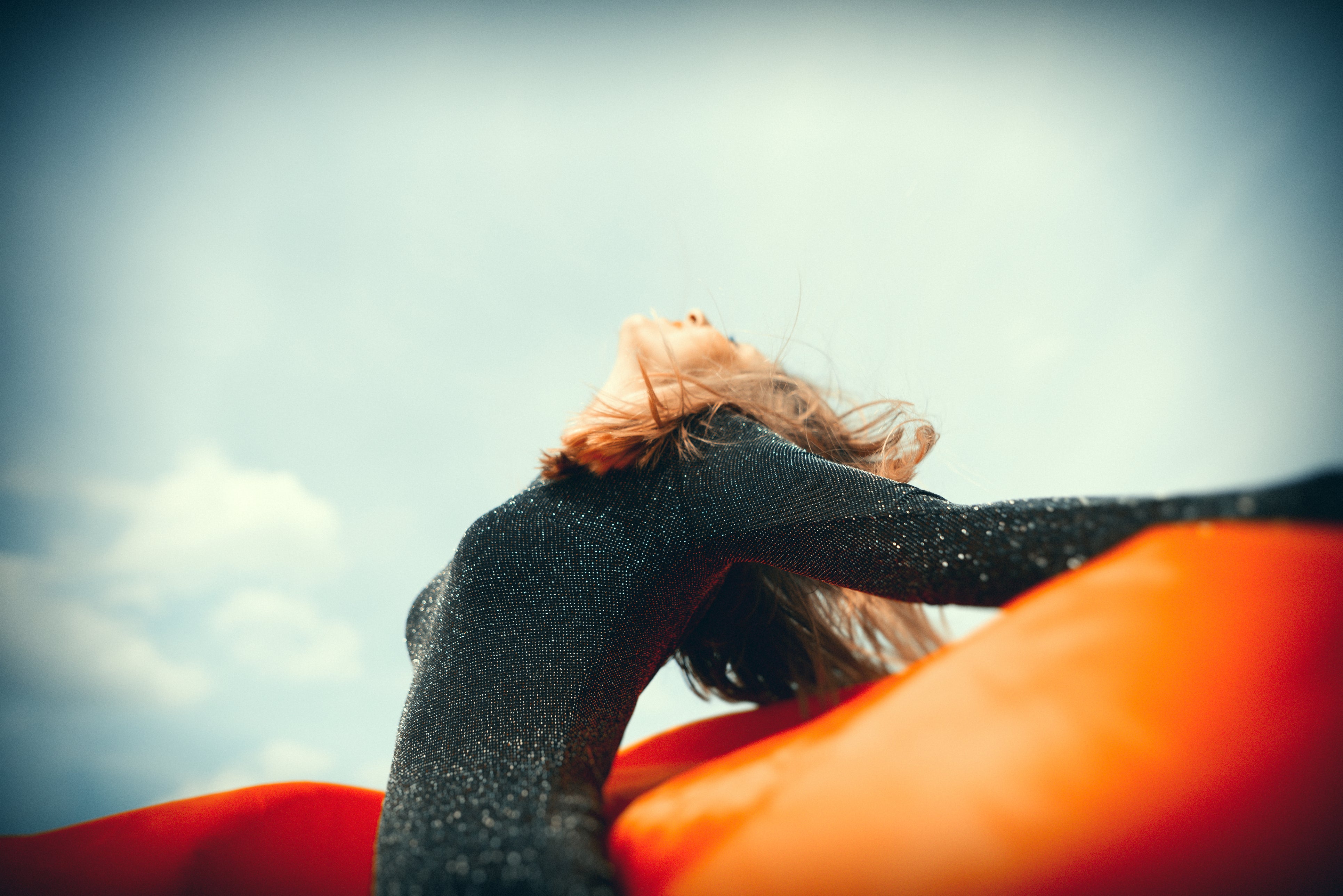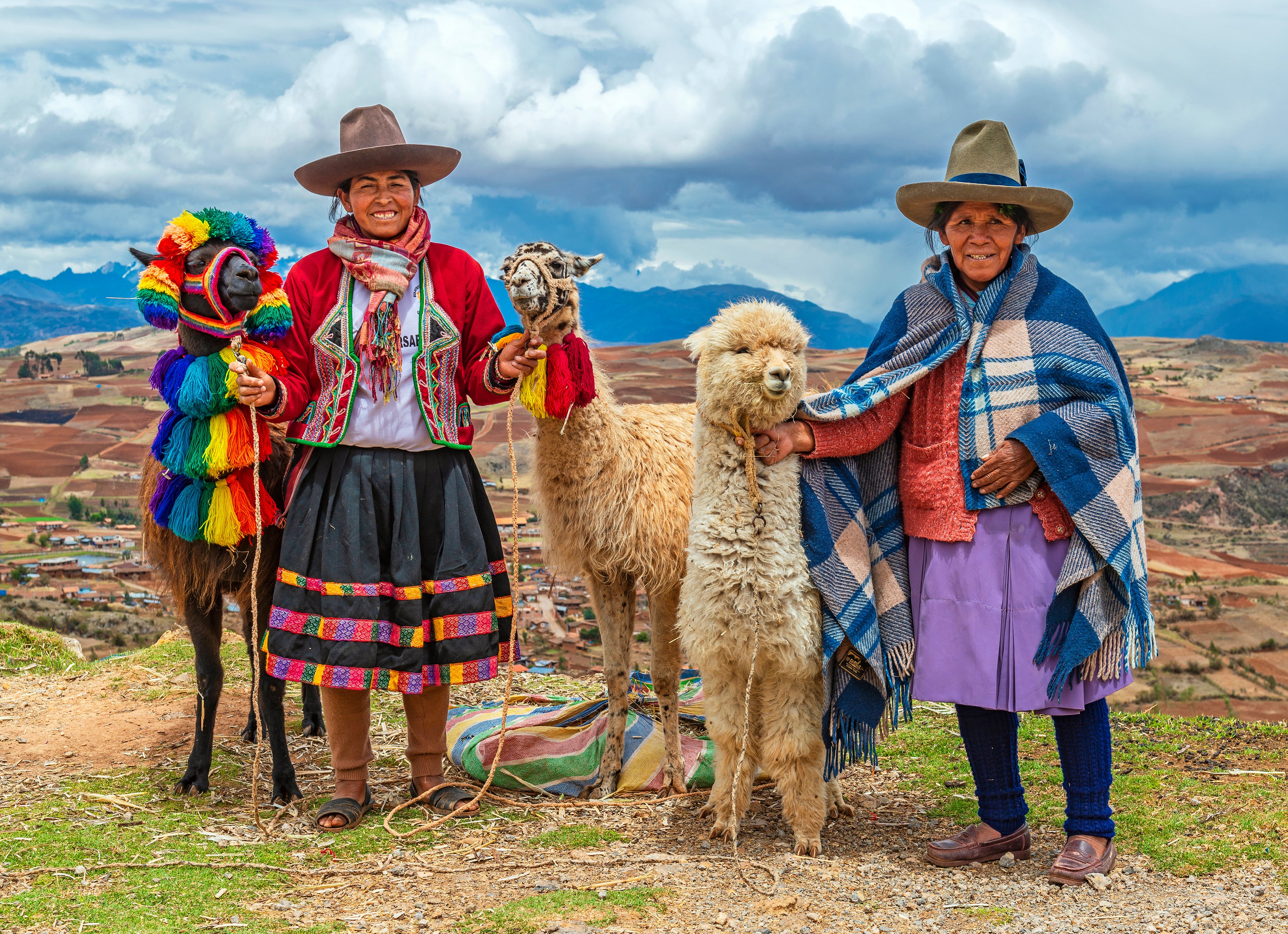It is now nearly two years since the world plunged into the depths of a global pandemic. Almost overnight, life as we knew it became unrecognisable and suddenly our world became full of uncertainty.
National lockdowns confined us to home, with our loved ones often miles from reach. Flicking on the news, we learned that thousands were dying and many more were losing their jobs or being furloughed. Most of us tried not to think about the long term implications for our economy as we took life one day at a time.
Despite this, the pandemic has also given many people the chance to reassess their lives. For me, part of that process has been trying to find ways to recapture the feeling of childhood joy, something that I have felt cut off from for years.
At a time where life feels chaotic and we endlessly doom-scroll to pass the time, now more than ever, it feels essential to rediscover our inner child.
Mindfulness as an awakening
Mindfulness is now part of the cultural zeitgeist and has become a catch-all buzzword. These days, ironically, it’s spoken about almost mindlessly. Over the last few years, it has also become a billion-dollar industry.
But in fact, the practice stems back thousands of years, originating from Buddhist philosophy. It encourages participants to focus their attention on the present moment without distraction or judgement. Researchers have even found that practising mindfulness can reduce stress and treat pain, deal with anxiety and depression, and even help tackle smoking and addiction.
Try it: create a space for yourself to appreciate the pleasures of each day. The stickiness of the juice of an orange on our fingers. The beauty of birdsong. The scent of a rose as it comes into bloom. Remember, though COVID-19 fractured our world, life went on. The sun still rose and set each day, dogs still barked, kids still giggled.
Creation without inhibition
As a child, I found comfort in books. Through the words on a page I could enter magical realms and befriend whimsical characters. This brought me immeasurable joy and delight. Inspired by these authors’ ability to create fantastical and strange worlds, I once picked up the pen myself, and I wrote, and I wrote. The power of my imagination seemed boundless.
However, this fearless writer became muted in adulthood. As Pablo Picasso put it, “Every child is an artist. The problem is how to remain an artist once we grow up”. As I grew up, I became plagued with perfectionism. Self-doubt, the “worst enemy of creativity”, crept in. I’d scribble out whole paragraphs as if a stern examiner was peering over my shoulder, assessing my work.
During the pandemic, it felt important to give myself the space to be creative. When our lives became caged, it allowed me an escape. So, each day, I now write, paint or sketch. I’ve finally been able to reclaim the joy I experienced as a child.
Prioritising fun and laughter

